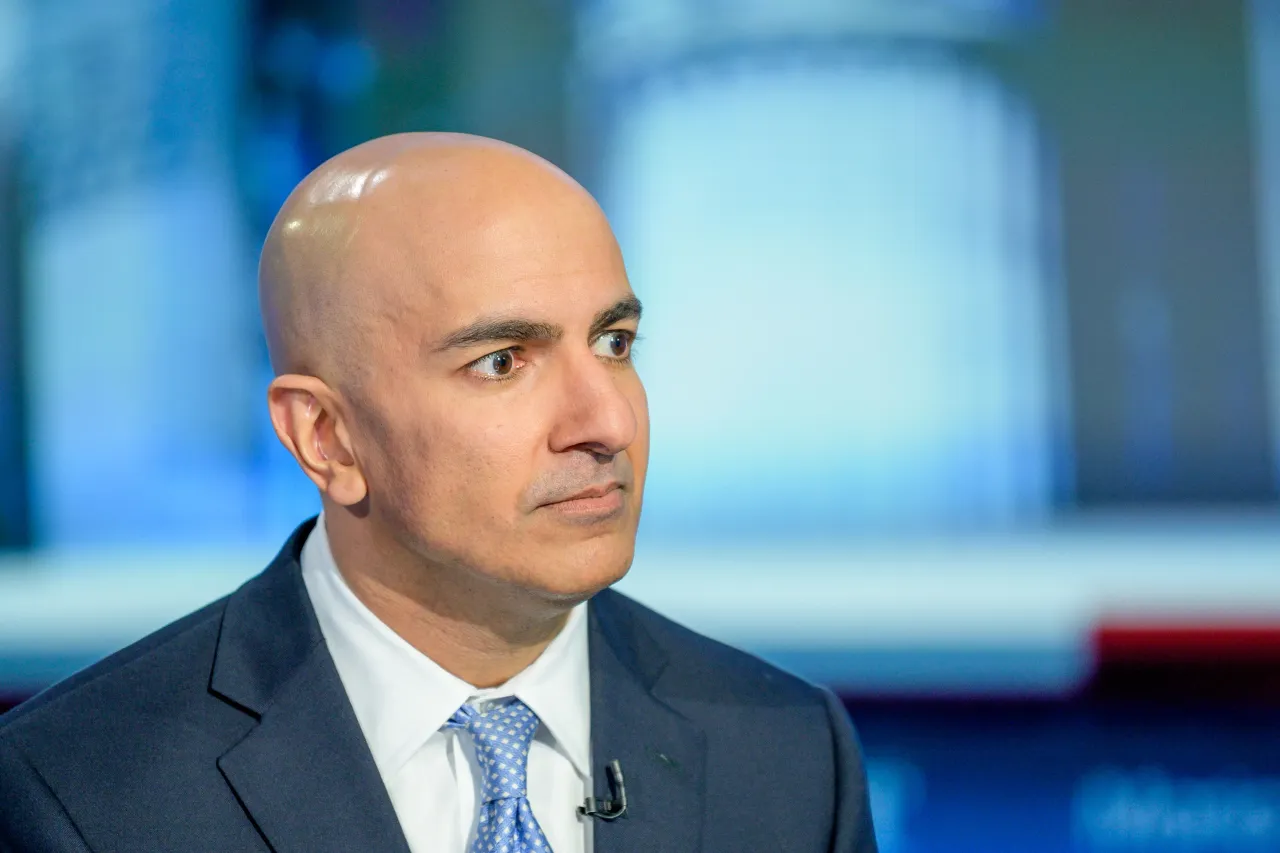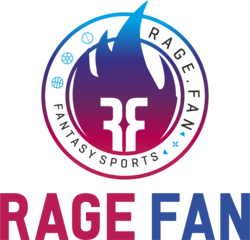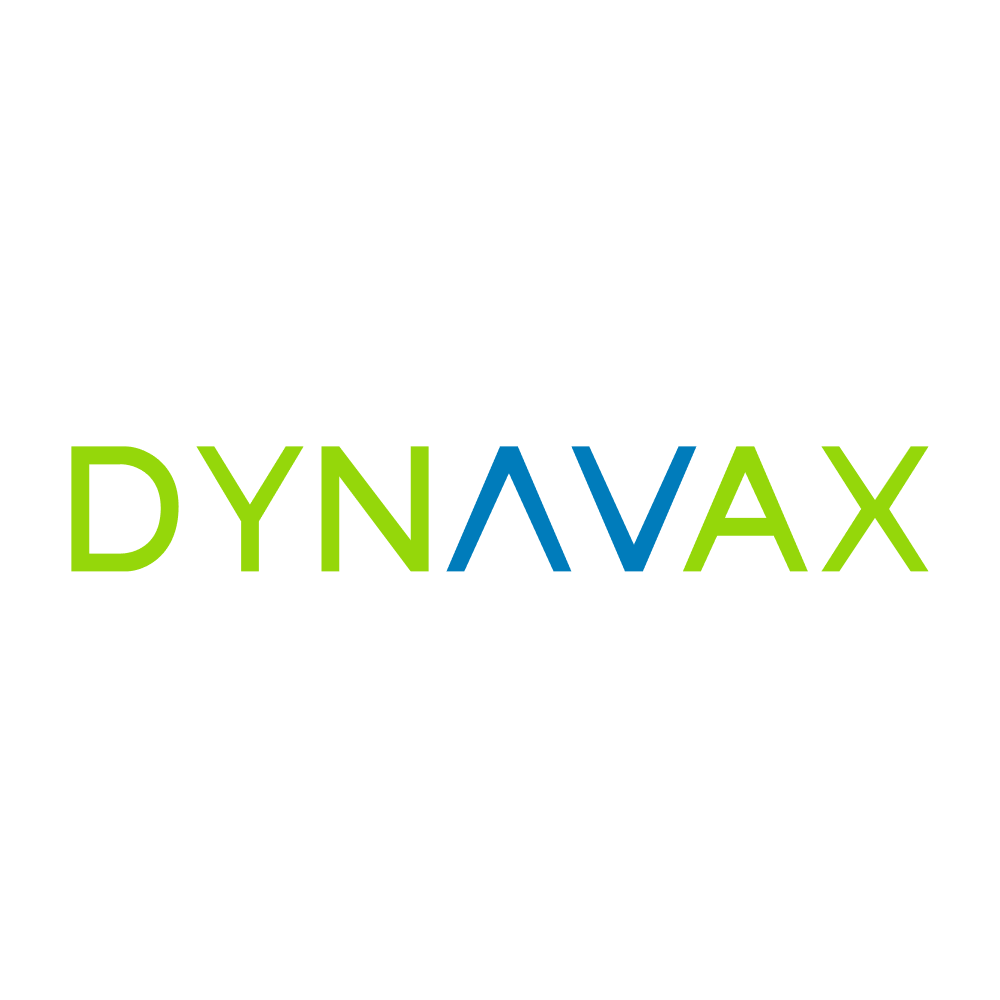Advertisement|Remove ads.
Minneapolis Fed’s Neel Kashkari Pushes Back On December Rate Cut, Cites Corporate America’s Rosy 2026 Outlook

- According to the CME FedWatch Tool, which is based on futures traders' expectations, the odds of a rate cut in December are 50.7%.
- The government shutdown, which lasted a record 42 days, has further complicated matters by suspending several key economic data points with implications for interest rates.
- Kashkari said in Thursday’s media interview that he had not supported the October rate cut.
Another Federal Reserve official issued hawkish commentary, pouring cold water on expectations of a Fed funds rate cut at the year-end meeting. Minneapolis Fed President Neel Kashkari reportedly suggested that the December rate move will hinge on incoming data, while clarifying that he argued for a status quo stance at the October meeting, in which the central bank decided to reduce rates by a quarter point.
The rate outlook hinted at by a raft of Fed officials who spoke on Thursday dented risk sentiment, dragging the major averages broadly lower. That said, the broader market trend has been upward. The SPDR S&P 500 ETF (SPY), an exchange-traded fund that tracks the S&P 500 Index, and the Invesco QQQ Trust (QQQ), which tracks the Nasdaq 100 Index, have added 15.6% and 19.5%, respectively, year to date. These ETFs fell 1.66% and 2.04%, respectively, on Thursday.
Kashkari On ‘Wait-and-Watch’ Mode
In a Bloomberg interview aired on Thursday, Kashkari stated that he did not support the October rate cut, as the anecdotal evidence and data received in the run-up to the meeting underscored the economy’s resilience. Instead, he preferred a pause. Kashkari, however, did not cast a dissenting vote and towed in line with the consensus. Kansas City Fed's Jeffrey Schmid is the only Fed official to vote for a pause.
More importantly, Kashkari thinks things haven’t changed much since then. Delving into the December rate decision, Kashkari said, “I can make a case depending on how the data goes to cut, I can make a case to hold, and we’ll have to see.”
The Federal Open Market Committee (FOMC) — the rate-setting committee of the central bank — is scheduled to meet on Dec. 9-10 to announce its rate verdict. The December meeting will also see the Fed update its forecast and release the dot-plot forecast.
According to the CME FedWatch Tool, which is based on futures traders' expectations, the odds of a rate cut in December are 50.7%. The government shutdown, which lasted a record 42 days, has further complicated matters by suspending several key economic data points with implications for interest rates.
Mixed Economic Picture
Kashkari said in the interview that he has changed his opinion since the September meeting, when the central bank, led by Jerome Powell, delivered its first cut of the year. At that time, he modeled two more cuts for the year. While conceding that there are pockets of weakness, he said there is strength elsewhere.
The Minneapolis Fed chief said, “There are a lot of headlines about low-income borrowers — sub-prime borrowers, sub-prime companies that serve sub-prime markets — getting into trouble, so it seems like there’s real pockets of weakness in the labor market. At the same time, a lot of corporate earnings are doing fine, and a lot of corporations are very optimistic about 2026.”
That said, the artificial intelligence revolution that fueled much of the current bull run has begun to show cracks, with fund managers calling out a bubble waiting to burst.
Hawkish Voices Grow
Boston Fed’s Susan Collins said in a public appearance this week that she sees a “relatively high bar” for additional easing in the near term due to the elevated inflation. In prepared remarks delivered before a bankers’ conference in Boston, she said, “Absent evidence of a notable labor market deterioration, I would be hesitant to ease policy further, especially given the limited information on inflation due to the government shutdown.”
Echoing a similar sentiment, Cleveland Fed President Beth Hammack said in a speech before the Pittsburgh Economic Club on Thursday that monetary policy needs to be restrictive to bring inflation down toward the Fed’s target.
Most FOMC members have recently expressed misgivings about a December rate cut, while Trump nominee Stephen Miran and fellow Fed Governors Christopher Waller and Michelle Bowman are the doves, arguing strongly for further rate cuts.
For updates and corrections, email newsroom[at]stocktwits[dot]com.
Read Next: Why Applied Materials Stock Fell Over 4% After-hours Despite Q4 Beat












/filters:format(webp)https://news.stocktwits-cdn.com/large_Federal_Reserve_jpg_04f5bfad5f.webp)
/filters:format(webp)https://st-everywhere-cms-prod.s3.us-east-1.amazonaws.com/Rounak_Author_Image_7607005b05.png)
/filters:format(webp)https://st-everywhere-cms-prod.s3.us-east-1.amazonaws.com/large_stock_rising_resized_f17852d7aa.jpg)
/filters:format(webp)https://st-everywhere-cms-prod.s3.us-east-1.amazonaws.com/unnamed_jpg_9dff551b50.webp)
/filters:format(webp)https://news.stocktwits-cdn.com/Getty_Images_2235337353_jpg_bdb561432a.webp)
/filters:format(webp)https://news.stocktwits-cdn.com/IMG_8805_JPG_6768aaedc3.webp)
/filters:format(webp)https://news.stocktwits-cdn.com/large_Netflix_jpg_ed6fa4554b.webp)
/filters:format(webp)https://news.stocktwits-cdn.com/large_Magic_Mushroom_jpg_21662d693c.webp)
/filters:format(webp)https://st-everywhere-cms-prod.s3.us-east-1.amazonaws.com/shanthi_v2_compressed_98c13b83cf.png)
/filters:format(webp)https://news.stocktwits-cdn.com/large_pharma_stock_jpg_490939e580.webp)